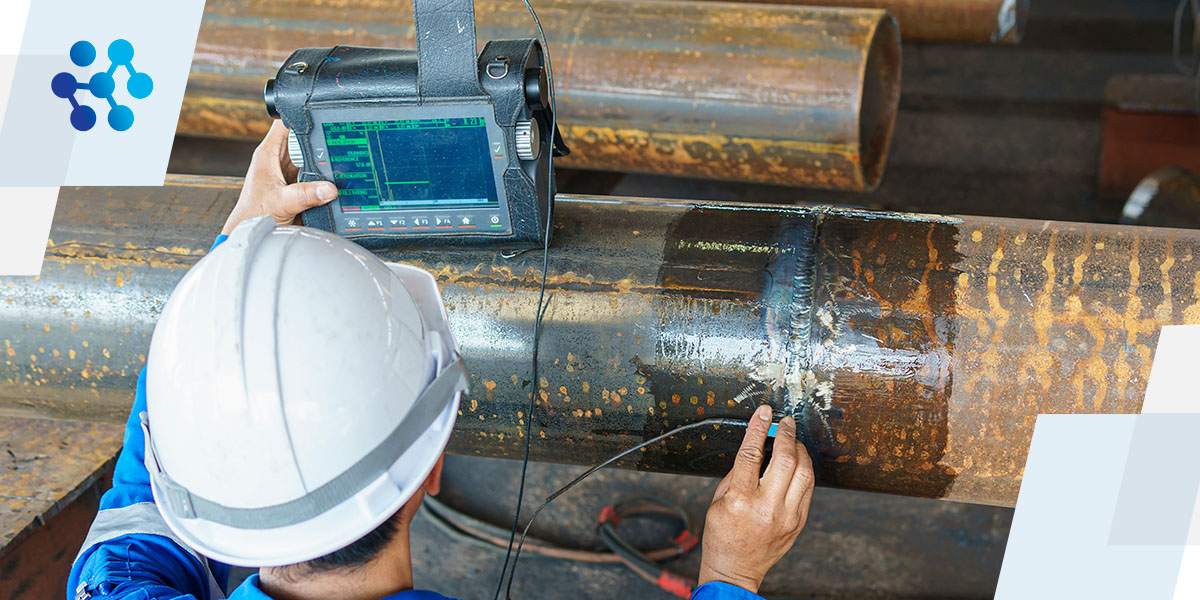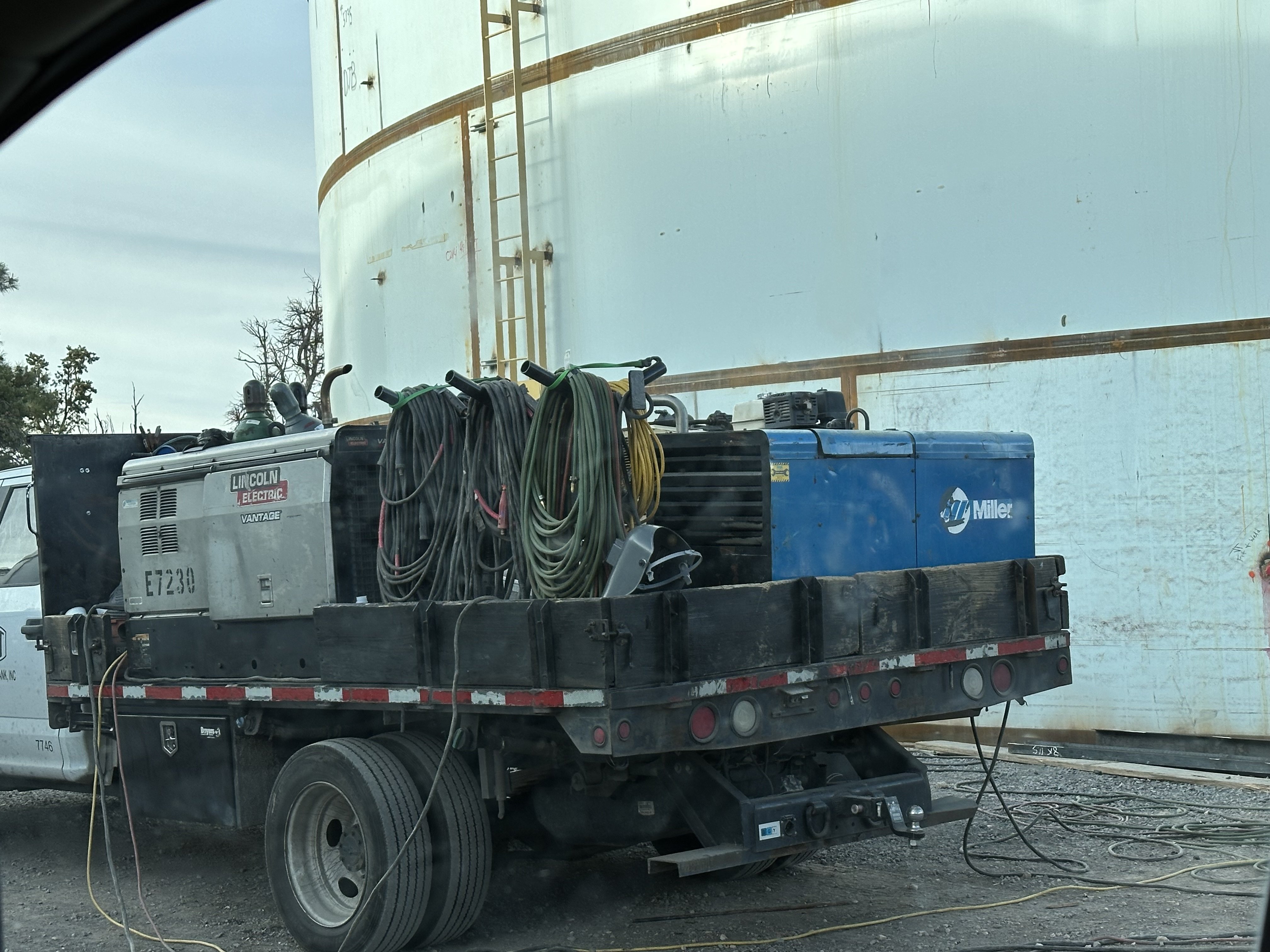Comprehensive Overview to Tank Welding Inspection for Safety and Quality
Comprehensive Overview to Tank Welding Inspection for Safety and Quality
Blog Article

Comprehending the Value of Rigorous Storage Tank Welding Evaluation Processes in Stopping Failings and Enhancing Lifespan
In the realm of commercial operations, the significance of rigorous tank welding evaluation processes can not be overstated. By applying different assessment methodologies, companies can detect imperfections early, thus staying clear of costly effects and expanding the life of their storage containers.
Importance of Welding Inspections
Recognizing the critical function of welding assessments in keeping architectural honesty, these processes make sure that welds meet recognized standards and requirements - Tank Welding Inspection. Effective welding inspections are critical in the construction and upkeep of tanks, as they straight impact the longevity and safety and security of the structures. By recognizing prospective deficiencies, such as incorrect techniques or product defects, assessments reduce the threat of devastating failures
Welding evaluations incorporate various methods, including visual exams, non-destructive screening (NDT), and evaluations of welding treatments. Each technique serves to confirm the quality and compliance of welds with market policies, thereby securing both personnel and environmental rate of interests. In addition, regular inspections promote a culture of accountability and quality within the workforce, guaranteeing that all employee follow best methods.
Additionally, these evaluations add to the overall lifecycle monitoring of containers by recognizing wear or deterioration early at the same time. By resolving these issues proactively, organizations can extend the operational lifespan of their assets, eventually causing set you back savings and enhanced dependability. In summary, the significance of welding assessments can not be overemphasized; they are important for ensuring security, long life, and compliance in tank construction and maintenance.
Usual Root Causes Of Container Failures
Recognizing the usual reasons for storage tank failings is important for protecting against tragic cases and guaranteeing the long life of storage space systems. One common cause of container failing is deterioration, which can dramatically weaken the structural stability of tanks with time. Ecological elements, such as exposure to wetness, chemicals, and temperature fluctuations, can accelerate this procedure.
Another vital element is inappropriate welding methods, which might result in flaws like splits or incomplete joints. These concerns can compromise the tank's strength and cause leakages or ruptures. Additionally, insufficient upkeep practices can result in undiscovered deterioration, ultimately increasing the threat of failure.
Style problems, including insufficient thickness or inadequate material choice, can also add to tank vulnerabilities. Moreover, functional elements, such as overfilling or exposure to extreme stress, can strain the storage tank past its intended limits.
Trick Examination Methods
Effective assessment strategies play an essential role in alleviating the threats associated with storage tank failures. A detailed method to tank welding examination entails a number of essential methods, each developed to determine potential problems and ensure structural integrity.
Aesthetic examination remains the initial line of protection, permitting assessors to identify surface area anomalies such as cracks, rust, or misalignment. This technique is often supplemented by non-destructive testing (NDT) approaches, which are vital for assessing weld top quality without endangering the storage tank's honesty.

Furthermore, magnetic fragment screening (MPT) and color penetrant testing (DPT) work for finding surface issues in ferromagnetic materials and non-porous surface Visit Website areas, specifically. Each technique has its staminas and restrictions; for that reason, a mix of methods is typically used to attain thorough assessment outcomes.
Advantages of Rigorous Assessments
While the immediate prices of rigorous assessments may appear overwhelming, the lasting benefits significantly outweigh these first financial investments. Implementing complete evaluation refines not just improves the integrity and safety and security of container structures however also reduces the risk of catastrophic failures that can result in significant monetary losses and environmental harm.
Rigorous examinations assist determine prospective problems early in the welding process, enabling prompt rehabilitative activities that avoid costly repair services or substitutes down the line. This proactive technique promotes a society of top quality guarantee, where adherence to ideal methods becomes ingrained in functional procedures. Regular examinations add to boosted asset long life, as they ensure that storage tanks remain in ideal problem throughout their life expectancy.
In addition, the paperwork produced from these evaluations works as a useful resource for upkeep preparation and efficiency evaluations. This data-driven method can likewise enhance operational performance, check my blog resulting in lowered downtime and improved performance. Eventually, strenuous assessments not just guard the structural stability of tanks yet also offer significant economic advantages, reinforcing the concept that spending in quality guarantee is a sensible decision for any kind of company entailed in storage tank operations.
Regulative Specifications and Conformity
Governing criteria and conformity are necessary elements of tank welding assessment processes, as they develop the structure for ensuring safety and high quality in operations. Compliance with these criteria not only minimizes dangers but also boosts the general stability of welded structures. Numerous organizations, including the American Culture of Mechanical Engineers (ASME) and the American Petroleum Institute (API), give guidelines that determine appropriate practices for welding, inspection, and screening.
These requirements mandate using certified personnel, the application of strenuous examination procedures, and adherence to details welding procedures. By aligning with governing needs, companies can make certain that their tanks meet the essential security and performance requirements, therefore minimizing the chance of catastrophic failures that can cause considerable economic losses and environmental damage.

Additionally, regulatory compliance cultivates a society of liability and continual renovation within the welding and construction industries (Tank Welding Inspection). Regular audits and evaluations make certain that methods continue to be lined up with evolving requirements, thus promoting long-term dependability and functional performance. Inevitably, adherence to governing requirements not only protects assets but additionally enhances the life expectancy of welded containers, ensuring they offer their designated function successfully with time
Verdict
Finally, rigorous container welding assessment processes play an important function in stopping failings and extending the life expectancy of storage structures. By recognizing prospective deficiencies with different inspection strategies, organizations can minimize risks linked with tank stability. The implementation of these assessments fosters a society of quality assurance, leading to improved property durability, decreased upkeep costs, and boosted operational effectiveness. Sticking to regulative criteria further underscores the relevance of these examinations in preserving security and reliability within the industry.
Report this page